Research on Analysis of Friction and Lubrication Characteristics of Piston-Cylinder System in Internal Combustion Engines Using Improved Multi-Layer Thermal Resistance Model
DOI: 10.23977/jemm.2023.080406 | Downloads: 36 | Views: 1724
Author(s)
Qian Yichao 1, Li Tao 1, Zhang Jie 1
Affiliation(s)
1 Faculty of Mechanical and Electrical Engineering, Kunming University of Science and Technology, Kunming 650500, China
Corresponding Author
Qian YichaoABSTRACT
To analyze the friction and lubrication characteristics of the piston-cylinder system in internal combustion engines using an improved multi-layer thermal resistance model, this study combines the theory of thermal boundary conditions to design a lubrication and friction calculation model, and conducts numerical computations and experimental research. Firstly, a lubrication model for the piston skirt-cylinder liner is proposed, which includes key parameters such as the lubrication model for the piston skirt and the lubricating oil characteristic equation. Secondly, the friction and lubrication theory for the piston ring-cylinder liner is discussed, which includes the leakage model and the piston ring lubrication model. Additionally, the multi-layer thermal resistance model is improved to accurately describe the lubrication of the piston assembly under the thermal boundary conditions of the cylinder liner. Subsequently, experimental research is conducted to investigate the friction and lubrication characteristics of the piston-cylinder system in internal combustion engines under different temperatures. The experiments reveal that: (1) Linear function 1 and sinusoidal function 1 perform well in the piston skirt of the cylinder liner, with lower average friction power consumption and relatively small relative errors of 5% and 6%, respectively. (2) In the experimental study of the friction and lubrication characteristics of the piston ring-cylinder liner, function 2 in the linear function approach has slightly higher average friction power consumption compared to function 1. In the parabolic function approach, function 1 exhibits lower average friction power consumption, while function 2 significantly increases it. In conclusion, this research comprehensively explores the friction and lubrication characteristics of the piston-cylinder system in internal combustion engines by introducing an improved multi-layer thermal resistance model. The aim of this study is to provide theoretical foundations and experimental evidence for further optimizing the design and operation of internal combustion engines.
KEYWORDS
Multi-layer thermal resistance model; internal combustion engine; piston system; friction power consumption; leakage modelCITE THIS PAPER
Qian Yichao, Li Tao, Zhang Jie, Research on Analysis of Friction and Lubrication Characteristics of Piston-Cylinder System in Internal Combustion Engines Using Improved Multi-Layer Thermal Resistance Model. Journal of Engineering Mechanics and Machinery (2023) Vol. 8: 33-43. DOI: http://dx.doi.org/10.23977/jemm.2023.080406.
REFERENCES
[1] Lv Yanjun, Luo Hongbo, Zhang Yongfang, et al. Research progress of surface Technology of Piston Assembly and cylinder Liner System of Internal Combustion Engine [J]. Journal of Traffic and Transportation Engineering, 2022, 22(1): 24-41.
[2] Ventikos N P, Sotiralis P, Annetis E. A combined risk-based and condition monitoring approach: developing a dynamic model for the case of marine engine lubrication[J]. Transportation Safety and Environment, 2022, 4(3): 020.
[3] Kim B, Suh J, Lee B, et al. Numerical Analysis via Mixed Inverse Hydrodynamic Lubrication Theory of Reciprocating Rubber Seal Considering the Friction Thermal Effect[J]. Applied Sciences, 2022, 13(1): 153.
[4] Mohamed N, Hamidon M L H, Jumadi R, et al. Analysis of the Biodegradable Lubricant in Internal Combustion Engine[J]. Journal of Automotive Powertrain and Transportation Technology, 2022, 2(1): 47-55.
[5] SONG Haitao. Overview of Engine Electronic ignition System and common troubleshooting points [J]. Mechanical and Electronic Control Engineering, 2023, 5(1): 28-30.
[6] Zhang Weizheng, Liu Wenqin, Chen Guozheng, et al. Failure analysis of titanium alloy piston skirt for diesel engine [J]. Journal of Beijing Institute of Technology, 2023, 43(3): 283-288. (in Chinese)
[7] Zhao B, Wang S, Xiao P, et al. The Tribo-Dynamics Performance of the Lubricated Piston Skirt–Cylinder System Considering the Cylinder Liner Vibration[J]. Lubricants, 2022, 10(11): 319.
[8] Zhang Angui, Wang Hanwen, Li Yan, et al. Optimization and application of viscosity blending model for lubricating oil base oil [J]. Petroleum Refining and Chemical Industry, 2022, 53(5): 95.
[9] Chen Xue, Lu Guopeng, Sun Chuang, et al. Transient heat transfer experiment and thermal conductivity identification of coating materials [J]. Journal of Aerodynamics, 2023, 38(4): 777-786.
[10] Kunt M A, Calam A, Gunes H. Analysis of the effects of lubricating oil viscosity and engine speed on piston-cylinder liner frictions in a single cylinder HCCI engine by GT-SUITE program[J]. Proceedings of the Institution of Mechanical Engineers, Part E: Journal of Process Mechanical Engineering, 2023, 237(2): 399-409.
[11] Zhang X, Gao J, Jia G, et al. Study on the influence mechanism of air leakage on gas extraction in extraction boreholes [J]. Energy Exploration & Exploitation, 2022, 40(5): 1344-1359.
[12] Zhang J, Li B, Liu Y, et al. Dynamic multifield coupling model of gas drainage and a new remedy method for borehole leakage [J]. Acta Geotechnica, 2022, 17(10): 4699-4715.
[13] Li Jie, Chen Cheng, Wang Zhiyong. Research on Negative Slope Mechanism of Friction Pair Torque Based on Viscoelastic Side Contact Model of Micro-Convex Body [J]. Journal of Mechanical Transmission, 2023, 47(1): 1-10.
[14] Shen K, Mao Y, Zheng Y, et al. One-dimensional modeling and experimental analysis of nail penetration thermal runaway for large capacity Li-ion power battery [J]. Journal of The Electrochemical Society, 2022, 169(4): 040502.
[15] Ahmad M, Agarwal K, Munoz S G, et al. Engineering interfacial effects in electron and phonon transport of Sb2Te3/MoS2 multilayer for thermoelectric ZT above 2.0[J]. Advanced Functional Materials, 2022, 32(49): 2206384.
| Downloads: | 10974 |
|---|---|
| Visits: | 412790 |
Sponsors, Associates, and Links
-
Cybernetics and Mechatronics
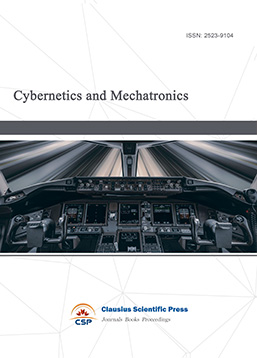
-
Digital Manufacturing and Process Management
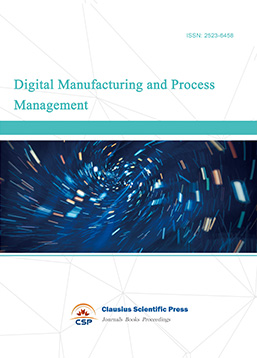
-
Ultra-Precision Machining Process

-
Journal of Robotics and Biomimetics
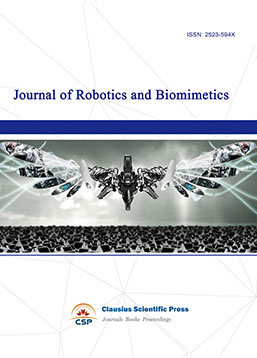
-
Prognostics, Diagnostics and Health Management

-
Micro-Electro-Mechanical Systems

-
Journal of Precision Instrument and Machinery
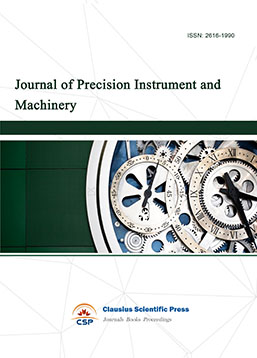
-
Engineering and Solid Mechanics

-
Fracture and Damage Mechanics
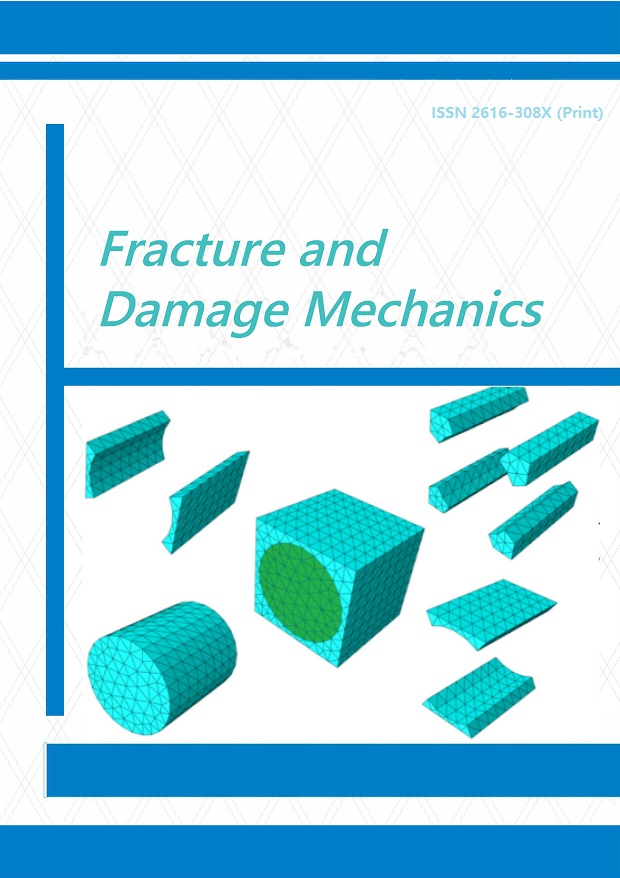
-
Frontiers in Tribology

-
Fluid and Power Machinery

-
Chemical Process Equipment
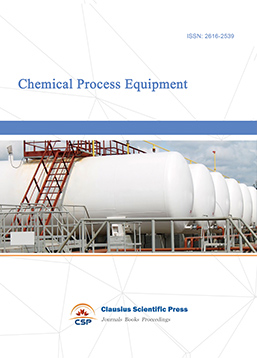
-
Journal of Assembly and Manufacturing
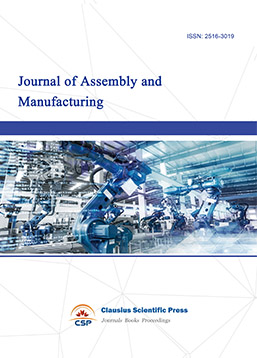
-
Mechanical Vibration and Noise


 Download as PDF
Download as PDF